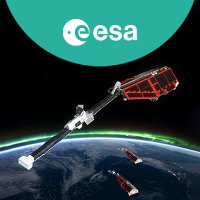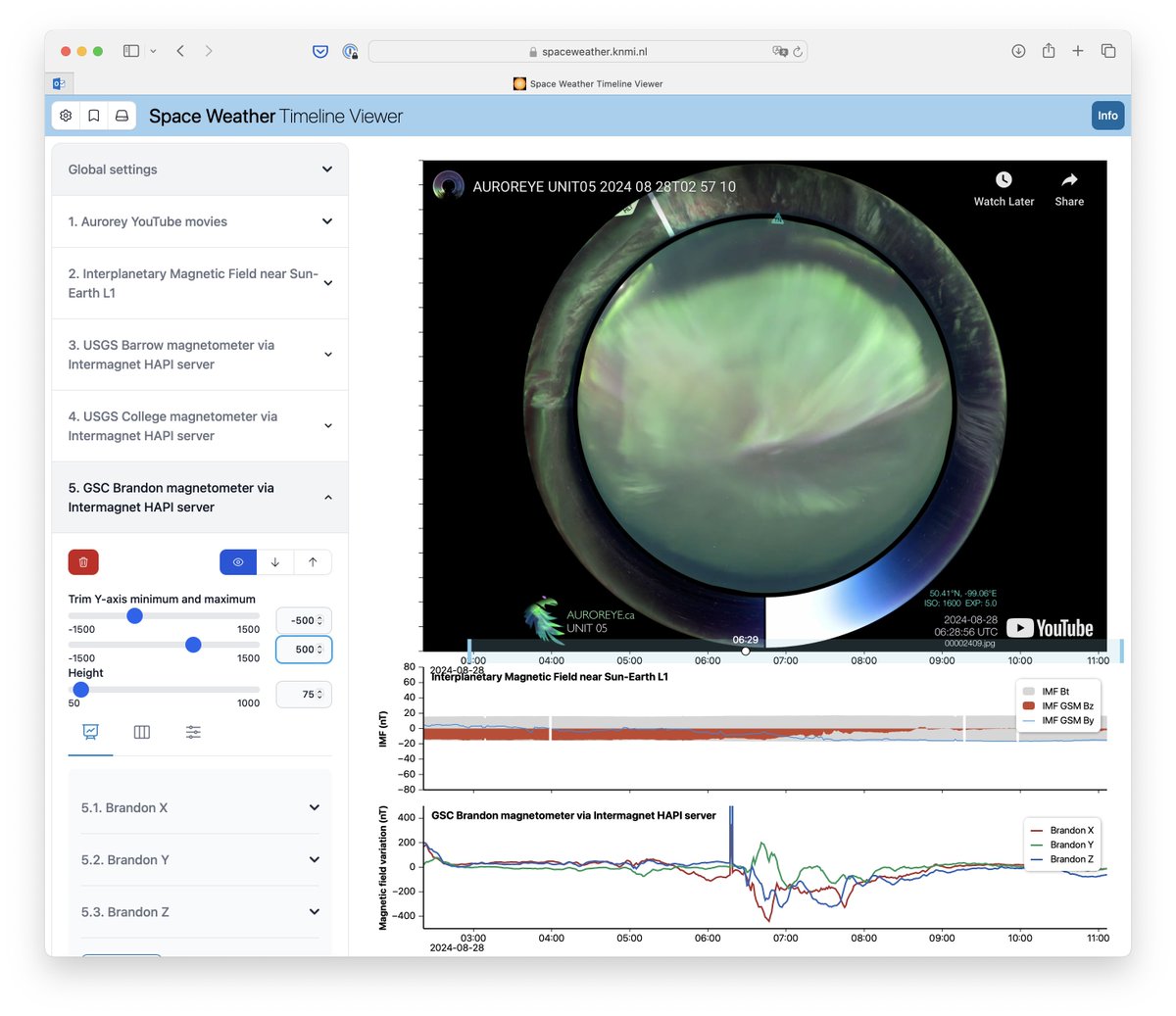
Eelco Doornbos
@eelcodoornbos
Space weather scientist in The Netherlands, interested in data processing, modelling, visualization.
ID: 15568146
23-07-2008 17:47:29
3,3K Tweet
1,1K Followers
1,1K Following

Couldn’t agree more. The book by Melanie Windridge is superb - if you want to know what the northern lights are, her book tells you and is a lyrical journey into their appeal and mystery





Remember back in early April, when the Earth-facing side of the Sun looked almost completely free of sunspots. See how things have changed since then... This data is from NASA Sun & Space SDO/HMI, Observatory.be SILSO sunspot number and Natural Resources Penticton F10.7 solar radio flux.


